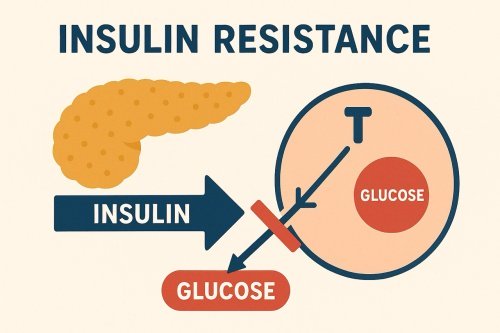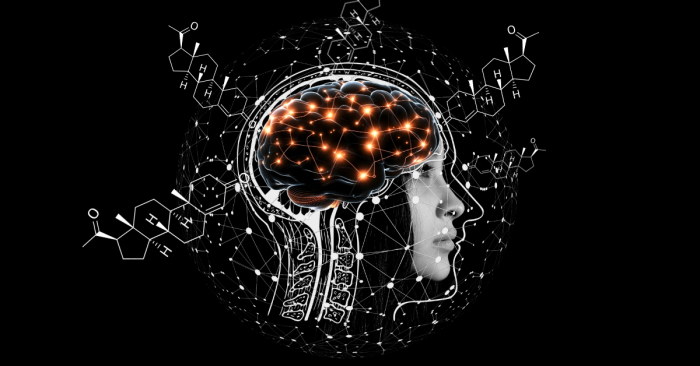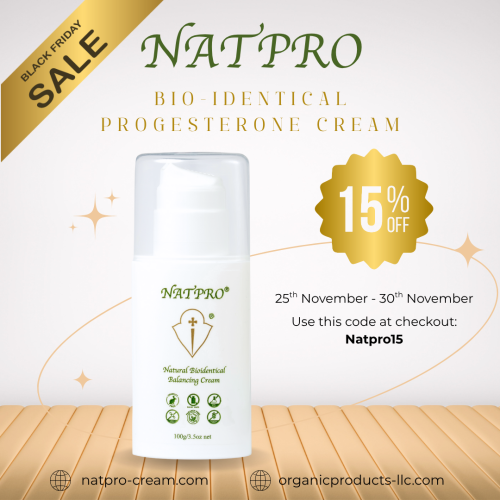Estrogen/Progesterone Ratio & Elevated Testosterone
by Kate
(Florida)
I have a question about my estrogen progesterone and testosterone ratio. I am a 33-year old cycling female (have not been on birth control pills in over 5 months). I haven’t been pregnant and want to hopefully have children one day so I want to preserve or improve my fertility. I have many symptoms of estrogen dominance/low progesterone that include: fat gain around abdomen/hips/thighs; allergies; depression and anxiety; fatigue; memory loss; PMS; sluggish metabolism; uterine fibroids; strong sugar cravings; painful cramps and clotting during my period; night sweats; edema; and itchy skin to name just a few of my symptoms. I have been to three gynecologists, the last two specializing in BHRT and a reproductive endocrinologist. Now I feel more confused than ever.
The first BHRT doctor did blood tests on day 17 of a 28-day cycle. Results are as follows:
Testosterone/Total = 18 ng/dL
FSH = 20.5 mIU/mL
Progesterone = 1.1 ng/mL
Estradiol = 174 pg/mL
His nurse informed me my results were consistent with anovulation and that I should see an endocrinologist. The endocrinologist who told me to: a) get on birth control pills (which exacerbate my symptoms), b) try to get pregnant, or c) lost 20 lbs. (which I have trouble losing in the first place!).
After further research, I visited a holistic gynecologist who specializes in BHRT. I explained all my symptoms and she was convinced I was estrogen dominant. I completed a saliva test (by Diagnos-Techs) on day 21 of a 26-day cycle. She was pretty surprised by the results as it was not what she (nor I—following all the research I have done) expected, and are as follows:
E1 Estrone = 16 pg/ml
E2 Estradiol = 4 pg/ml
E3 Estriol = 18 pg/ml
Progesterone = 124 pg/ml
Free Testosterone = 51 pg/ml
She advised that my estrogen/progesterone ratio were fine. She based on response on a chart provided with the lab results which show I am within a wide acceptable range, but my testosterone was elevated. She recommended a high-fiber diet to help my body rid any excess testosterone and saliva re-testing in 2 months to check testosterone levels.
I am perplexed. The symptoms I am experiencing all point to low progesterone/estrogen dominance. Some of the symptoms—such as the night sweats, intense sugar cravings, and itchy skin worsens during the second half of my cycle. Could it be that even with these “in range” levels it’s not enough progesterone? And what’s the deal with the high testosterone?
Comments for Estrogen/Progesterone Ratio & Elevated Testosterone
|
||
|
||
|
||
|
||
|
||
|
||
|
||
|
||
 Feeling tired, foggy, or struggling with stubborn weight gain—especially around the waist? You might be surprised to learn that these symptoms could be linked to insulin resistance, a condition that a…
Feeling tired, foggy, or struggling with stubborn weight gain—especially around the waist? You might be surprised to learn that these symptoms could be linked to insulin resistance, a condition that a… Are you struggling with irregular cycles, unwanted hair growth, or unexplained fatigue? You’re not alone. Polycystic Ovarian Syndrome (PCOS) affects up to 10% of women of reproductive age—and many mor…
Are you struggling with irregular cycles, unwanted hair growth, or unexplained fatigue? You’re not alone. Polycystic Ovarian Syndrome (PCOS) affects up to 10% of women of reproductive age—and many mor… While progesterone is often discussed in relation to reproductive health, emerging research reveals its remarkable role in supporting brain function and protecting against neurological decline. Proges…
While progesterone is often discussed in relation to reproductive health, emerging research reveals its remarkable role in supporting brain function and protecting against neurological decline. Proges… Incase you missed it!
Today is the last day for you to claim 15% off our Natpro 100ml Dispensers. The sale ends at midnight tonight.
How to Claim Your 15% Discount:
•Shop at
Incase you missed it!
Today is the last day for you to claim 15% off our Natpro 100ml Dispensers. The sale ends at midnight tonight.
How to Claim Your 15% Discount:
•Shop at